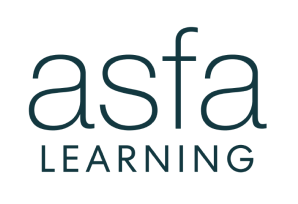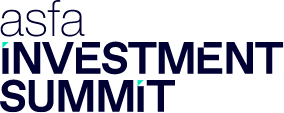27 April 2012
Trustees should be held to the highest standard
By Pauline Vamos, CEO of the Association of Superannuation Funds of Australia
Whenever there is a discussion or debate about effective governance, the first questions are always, what is the context and what are the overriding obligations? In relation to superannuation, trustees are both a director of an organisation and a fiduciary. In ASFA’s view, as reflected in its Best Practice Paper on governance, the duties and obligations on trustee directors are therefore higher than for board directors.
In relation to effective governance, you must always look at the inputs and outputs. The inputs around process of appointments and conduct of meetings are not of themselves a guarantee of effective outputs. But experts agree; the better the input, generally the better the output.
Having been on trustee boards, listed company boards and having the opportunity to observe and deal with many trustee boards in my role as CEO of ASFA, you get a sense of what works and what doesn’t.
When I think of governance and inputs, it is vital that quality board members are able to be appointed and that the appointment process is transparent. The makeup of a board must be such that there is general cohesion, sufficient experience and expertise that combine to allow the whole board to operate with the required skills that are needed. The board must understand its role clearly in both a governance and strategic sense.
The critical factors are often: Are there one or two board members who can exercise undue influence? Are there conflicts present that will influence decision making? Is there a lack of skill or knowledge that means strategic guidance and proper governance cannot be achieved? And is the relationship between the board and management such that reporting is curtailed or whitewashed?
In terms of outputs, particularly in relation to trustee fiduciary, the question has to be asked; how well is that fund meeting the retirement needs of its members? There is no doubt a growing expectation that boards’ appointment processes, remuneration and conflicts be much more visible. With the growth of the superannuation pool and the enormous interest level of stakeholders across the community and economy in ensuring that private pensions are delivered, it is not surprising that visibility and disclosure are clearly on the agenda.
With the Stronger Super reforms and the yet-to-be-released APRA standards, this debate of what is appropriate, helpful, and effective can be had. The discussion however has to be; with the growth of the pool and the critical nature of ensuring people have dignity in retirement, how do we ensure that superannuation funds are doing the job they’ve been asked to do.
I’ve said before that with the ageing population and the growing number of people moving into post-retirement, and the new obligations on trustees to provide pensions in retirement, the equal representation model will be under strain. This does not mean it has not worked: it is an important part of a compulsory system and is recognised internationally as providing important safeguards. But like any system, flexibility, so that the Board can access and ensure minimum skills and experience, is the outcome we are all seeking. The growing challenge of delivering both in the accumulation and decumulation stage with global investment, volatile markets, enormous technological changes and increasingly individual needs of members, has seen the running of a fund become more complex. Accordingly, it is logical that the pool from which experts can be drawn from be widened; hence the call for more independents. Any change in governance rules must have a clear outcome of meeting the changed environment, changing demographics, and changing conditions and stakeholder expectations.
The ASFA Best Practice Paper is a standard setter. Many funds have benchmarked themselves against it since it was released in 2010. It is time to recognise the work that many funds have done in driving and improving their own standards.



